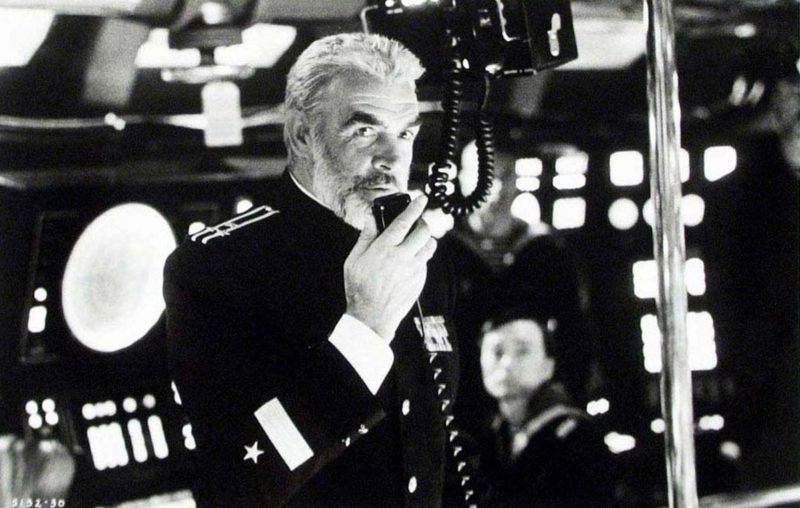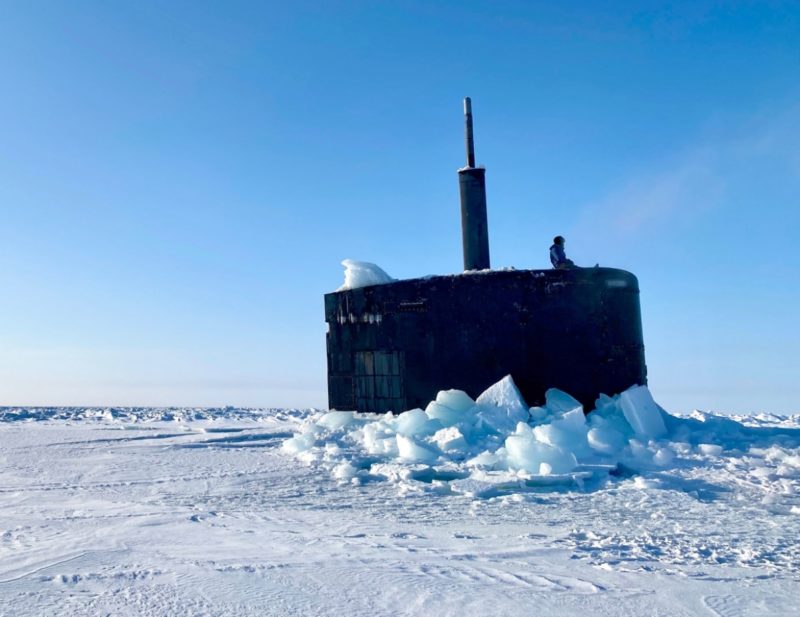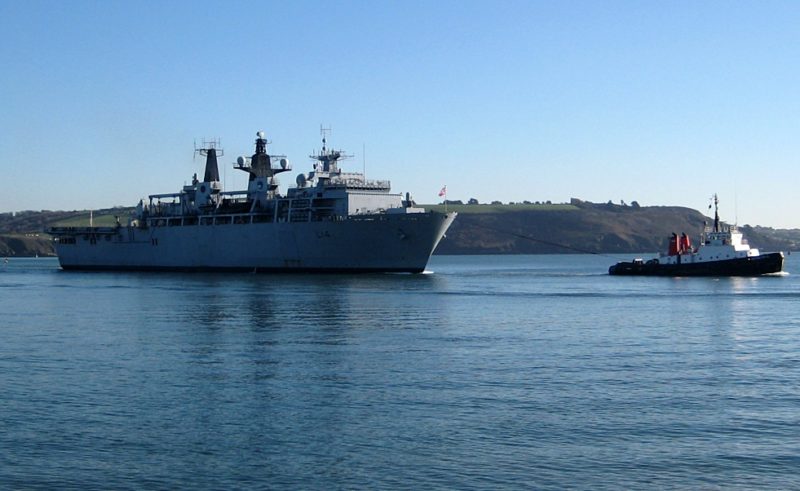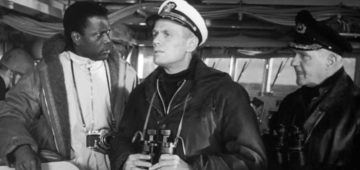– WHERE FACT MEETS FICTION
A few days ago there was a press conference at the Pentagon in the USA where a reporter asked a joke question about the many Russian Navy warships of today being deployed into the North Atlantic.
The reporter enquired of Department of Defense (DoD) spokesman John Kirby: “The Russians are sortieing more than 100 warships. Does the Pentagon have any indications that perhaps a submarine may be trying to defect?” With a wry smile, Kirby responded: “We do not…”

The ‘defecting submarine’ was a reference to the famous Tom Clancy novel ‘Hunt For Red October’ (and the movie based on it) in which the Soviet Navy of the 1980s sends out hundreds of submarines and surface vessels into the N. Atlantic, to pursue (and destroy) a ‘defecting’ Typhoon Class ballistic missile submarine.
With the new Cold War between the navies of NATO and Russia – which has been going since at least 2014 and even before that – now grabbing a hold of the public’s attention, jokes in the Pentagon referencing ‘Hunt for Red October’ were bound to crop up.
That’s because these days, so much of discourse is framed/influenced by movies.
And also, I guess, some people can’t quite grasp how serious things are becoming…or the sheer scope of what is unfolding after years of assuming the Russian naval threat is gone. But the Russians are back at sea with considerable fire power and they want everyone to know it.

Moscow’s warships in early February are going to be firing missiles during an exercise to the west of Ireland, an unprecedented event in post-Cold War times. Meanwhile, NATO is soon to carry out a major exercise in the Arctic. All this is while thousands of Russian troops and tanks mass on the border of the Ukraine for a potential invasion…

Sounds just like a Tom Clancy novel!? Except, no – it’s for real. Of course the reality beyond Hollywood movies and novels is invariably somewhat different, though in some respects uncannily similar to what actually happened in the old Cold War.

While researching and writing my book ‘Hunter Killers‘ on the submarines and submariners of the Royal Navy during the Cold War I was able to look at where fact met fiction (and much else). The star players were submarine captains and some of the ratings who served with them under the sea during that long face-off between the USSR and NATO. They toiled in the depths at the coal face of that tricky period in world history, suffering weeks of separation from home and family in dangerous waters on vital patrols in seas off the Soviet Union.
‘Hunter Killers’ was the first book to put some rather exciting episodes out there in a book, and in that sense was ground-breaking. For more on the Cold War face v. fiction, CLICK HERE for a blog I wrote when ‘Hunter Killers’ first came out.
A few years later I looked at the broader scope of the Cold War under the sea in the latter part of ‘The Deadly Trade‘ includes how the new Russian Navy of Vladimir Putin is taking on the West today.
My work as Editor of WARSHIPS IFR since the late 1990s has also given me considerable insight into how the new confrontation at sea between the West and Russia has evolved, gathering pace and becoming increasingly risky in recent times.
WARSHIPS IFR will be covering the latest developments in naval aspects of the current Ukrainian crisis this year. News reports and commentaries will be posted here if anything worthy of note happens between editions.
Also, check out our WARSHIPS Pod podcast https://podfollow.com/warships-pod/view for a forthcoming episode in which I host a discussion on a variety of topics including the resurgent Russian naval threat at sea and the Ukraine crisis.
Our already posted podcast episodes are well worth a listen too!






Comments
Sorry, comments are closed for this item